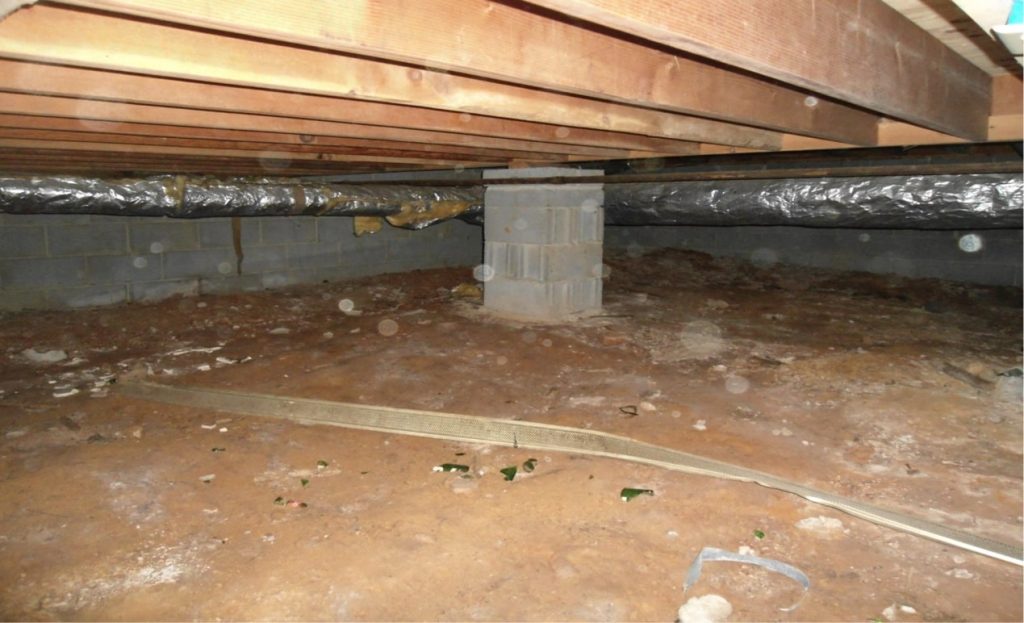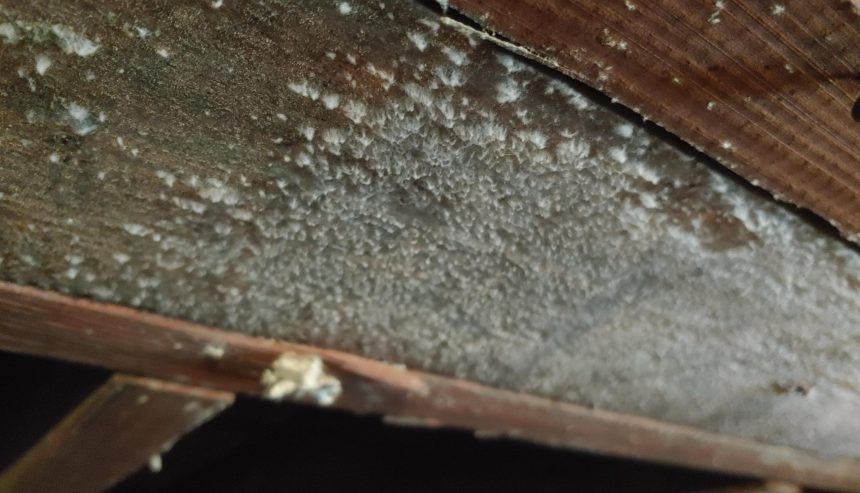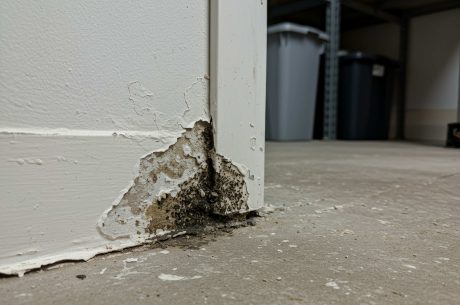Crawl spaces and basements in Salt Lake City face significant moisture challenges during winter, as cold temperatures, snowfall, and condensation create ideal conditions for mold growth. These areas often experience high humidity and poor ventilation, making them vulnerable to mold infestations. If left unchecked, mold can compromise structural integrity, lower indoor air quality, and pose serious health risks (EPA).
Table of Contents
At PuroClean of Layton, we understand the risks mold poses and are committed to helping property owners protect their homes. In this guide, we’ll walk you through why mold grows in crawl spaces and basements, how to prevent it, and what steps to take if you already have an issue. If you ever find mold in your Salt Lake City home, Call PuroClean of Layton at (801) 989-5554.
Why Mold Grows in Crawl Spaces and Basements During Winter
Crawl spaces and basements in Salt Lake City are especially vulnerable to mold during the winter months due to a combination of moisture, poor airflow, and temperature fluctuations. Here’s why:
- Condensation Buildup: When warm indoor air meets cold surfaces in crawl spaces and basements, condensation forms. This moisture encourages mold growth (CDC).
- Snow and Ice Melting: Snow and ice around a home’s foundation can seep into these areas, raising humidity levels.
- Lack of Ventilation: Unlike other parts of a home, crawl spaces and basements often have limited airflow, making it easier for moisture to accumulate.
- Organic Material: Wooden beams, insulation, and other organic materials in these spaces provide a food source for mold (NIH).
Understanding these factors can help homeowners take proactive steps before mold becomes a major issue.
Signs of Mold in Crawl Spaces and Basements
Mold isn’t always visible, but there are telltale signs that indicate its presence:
- Musty Odors: A persistent earthy or musty smell is a strong indicator of mold growth.
- Visible Growth: Black, green, or white patches on walls, wood, or insulation.
- Dampness or Water Stains: Excessive moisture and stains on walls or flooring suggest an environment where mold thrives (Mayo Clinic).
- Allergy-Like Symptoms: Mold spores can trigger respiratory issues, sneezing, coughing, and headaches.
If you notice any of these signs, it’s essential to act quickly before mold spreads.
How to Prevent Mold in Crawl Spaces and Basements
Preventing mold growth in crawl spaces and basements requires a combination of moisture control, ventilation, and regular inspections. Here are key prevention steps:
1. Control Moisture Levels
- Install a vapor barrier to prevent ground moisture from seeping into the crawl space (Energy Star).
- Ensure gutters and downspouts direct water away from the foundation.
- Fix leaks or cracks in basement walls and floors to prevent water intrusion.
2. Improve Ventilation and Airflow
- Use a dehumidifier in basements to maintain humidity levels below 60% (ASHRAE).
- Keep vents open in crawl spaces to allow for proper air circulation.
- Seal air leaks to prevent warm air from meeting cold surfaces.
3. Insulate Pipes and Walls
- Prevent condensation by insulating cold surfaces in the basement.
- Wrap exposed pipes to reduce moisture buildup.
4. Regular Inspections and Maintenance
- Hire a professional for periodic mold inspections (IICRC).
- Check for leaks, standing water, or excess moisture at least once a season.
- Look for signs of mold or mildew, especially after heavy snowfall.
What to Do If You Find Mold in Your Crawl Space or Basement
If you suspect or confirm mold growth in your crawl space or basement, immediate action is necessary to prevent further spread and damage.
Step 1: Assess the Extent of Mold Growth
Determine whether the mold covers a small area (less than 10 square feet) or if it has spread extensively. If the affected area is large or persistent, professional intervention is the best course of action.
Step 2: Avoid Disturbing the Mold
Mold spores become airborne when disturbed, potentially spreading to other areas of your home. Refrain from scrubbing or using bleach, as this can worsen the problem (OSHA).
Step 3: Call Mold Remediation Experts
At PuroClean of Layton, we specialize in professional mold remediation for crawl spaces and basements. Our certified technicians use industry-leading techniques to remove mold safely and prevent future outbreaks.
Step 4: Address the Root Cause
Mold removal is only a temporary fix if the underlying moisture problem isn’t resolved. After remediation, ensure proper waterproofing, ventilation, and insulation to keep mold from returning.

Why Choose PuroClean of Layton for Mold Remediation?
When it comes to mold issues in crawl spaces and basements, experience and expertise matter. Here’s why homeowners in Salt Lake City trust PuroClean of Layton:
- Comprehensive Moisture Control Solutions: We don’t just remove mold; we address the root cause to prevent recurrence.
- Certified Mold Remediation Experts: Our team follows IICRC guidelines for mold removal and restoration.
- Advanced Technology: We use HEPA air filtration, antimicrobial treatments, and moisture control solutions.
- Fast Response Time: We understand the urgency of mold issues and respond promptly to minimize damage.
Mold growth in crawl spaces and basements can be a serious concern during Salt Lake City’s winter months, but with the right preventive measures and expert help, you can protect your home. Regular inspections, moisture control, and professional remediation are key to keeping your property safe and mold-free.
If you’re dealing with mold or want a professional assessment, PuroClean of Layton is here to help. Contact us today at (801) 989-5554 for expert mold remediation services that will keep your crawl space and basement dry, clean, and safe all winter long. For more on how PuroClean of Layton can help property owners during this winter, read our blog on Home Restoration Secrets: 6 Proven Ways PuroClean of Layton Saves Homes in Winter
Stay proactive, stay mold-free!




 PuroClean of Layton
PuroClean of Layton